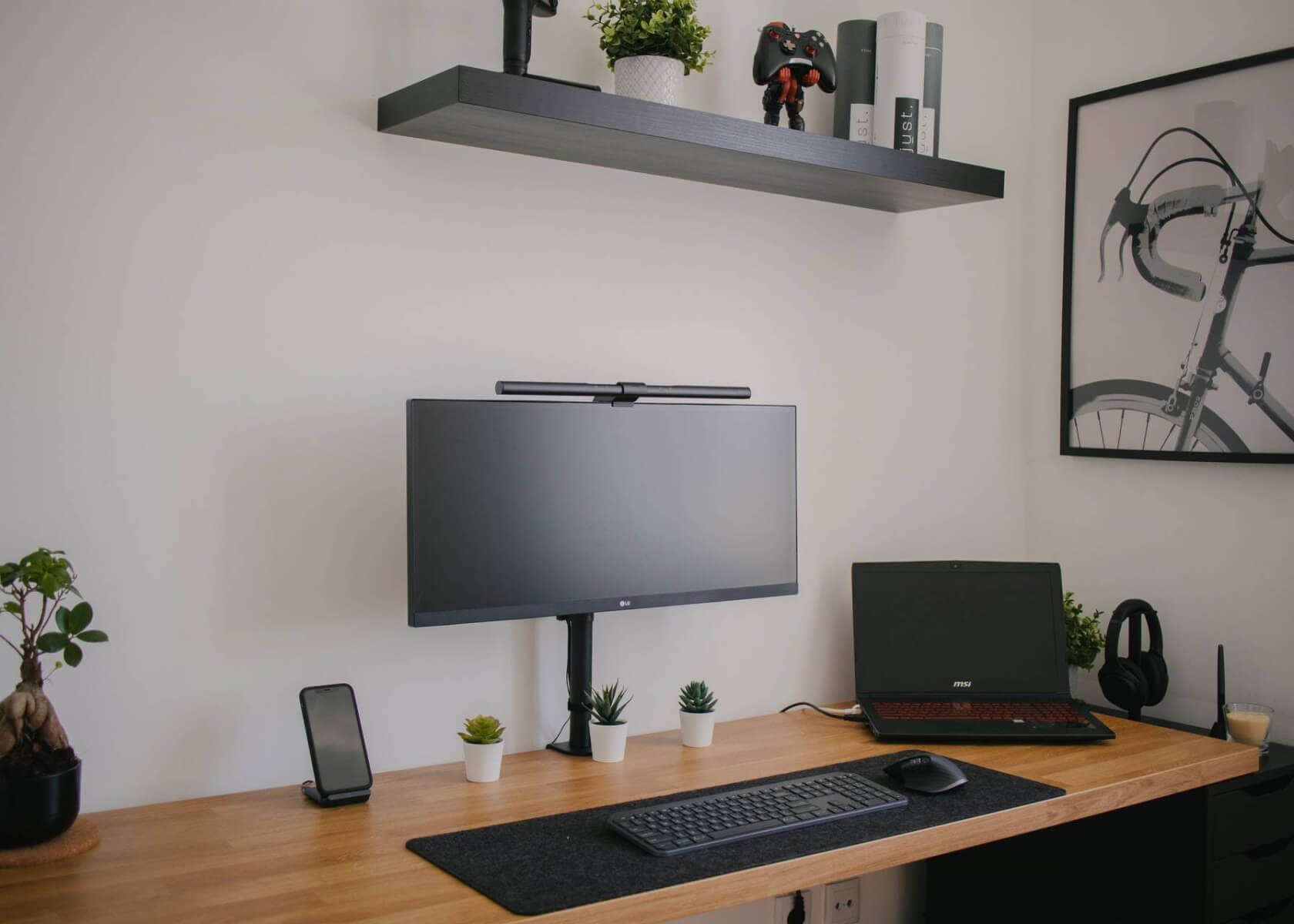Designing Multi-Column Layouts in Notion: A Guide to Structured Content Presentation

New to Notion?
How to Design Multi-column layouts within Notion for Structured Content Presentation
Notion is a versatile tool that allows users to create and organize their content in various ways. One useful feature of Notion is its ability to design multi-column layouts, which can be extremely beneficial for presenting structured content. Whether you are creating a blog post, a project plan, or a table, multi-column layouts help you organize and display your information in a clean and visually appealing way. In this article, we’ll explore updated methods and best practices for designing multi-column layouts within Notion.
Understanding Columns in Notion
In Notion, columns are horizontal sections that help divide and organize content on your page. By default, pages start with a single column, but you can easily create additional columns by moving blocks side by side.
Adding Columns to a Notion Page
Notion now uses a simple drag-and-drop method to create columns. Follow these updated steps:
- Open the page where you want to add columns.
- Create a new block (such as text, image, or heading) by clicking the
+icon or typing/text. - Hover over the block’s handle (the six-dot icon that appears to the left).
- Drag the block to the right of an existing block until a vertical blue line indicates where the block will be placed.
- Release the block to form a new column.
- Repeat the process with additional blocks to add more columns as needed.
Adjusting Column Widths
Once your columns are in place, you can adjust their widths for the ideal layout:
- Place your cursor over the vertical dividing line between columns until it changes to a two-sided arrow.
- Click and drag the dividing line to expand or shrink the columns.
- Continue adjusting until the layout looks balanced and meets your needs.
Designing Multi-column Layouts
Now that you know how to create and adjust columns in Notion, let’s explore strategies for designing effective multi-column layouts for structured content presentation.
1. Define the Information Hierarchy
Before building your layout, identify the primary sections or categories in your content. Establishing a clear hierarchy helps you decide how many columns are necessary and how to allocate content efficiently.
2. Organize Content into Corresponding Columns
Place primary sections in separate columns. For example, when outlining a project plan, you might dedicate one column each for Tasks, Deadlines, and Team Members.
3. Utilize Headers for Each Column
Enhance clarity by inserting headers at the top of every column. Simply type a header using the # symbol to define the section's focus, ensuring that readers quickly understand the content’s organization.
4. Populate Columns with Content
Fill each column with the appropriate content—whether text, images, tables, or even embedded databases. Notion supports a variety of blocks, so feel free to mix elements to best present your structured information.
5. Fine-tune and Customize
After setting up your columns and content, customize the design using Notion’s formatting options:
- Experiment with changing fonts and colors to match your branding or personal style.
- Use diverse block types like quotes or callouts for emphasis.
- Leverage the “Full Width” option available in page settings to utilize your screen space better, especially if you need more horizontal room for certain elements.
Tips for Designing Multi-column Layouts in Notion
- Keep it simple: Limit the number of columns to maintain readability.
- Be consistent: Use uniform formatting (e.g., fonts, colors, sizes) across columns to create a cohesive design.
- Incorporate visuals: Add images or icons to make your layout more engaging.
- Mix block types: Experiment with different block types to add variety and improve visual structure.
- Maximize space: Utilize full-width options for blocks that benefit from extended horizontal space.
By following these guidelines and leveraging Notion's updated features, you can create well-designed multi-column layouts that present your content clearly and effectively. Whether you’re working on a professional project or organizing personal notes, these best practices help ensure your content remains structured and visually appealing.


